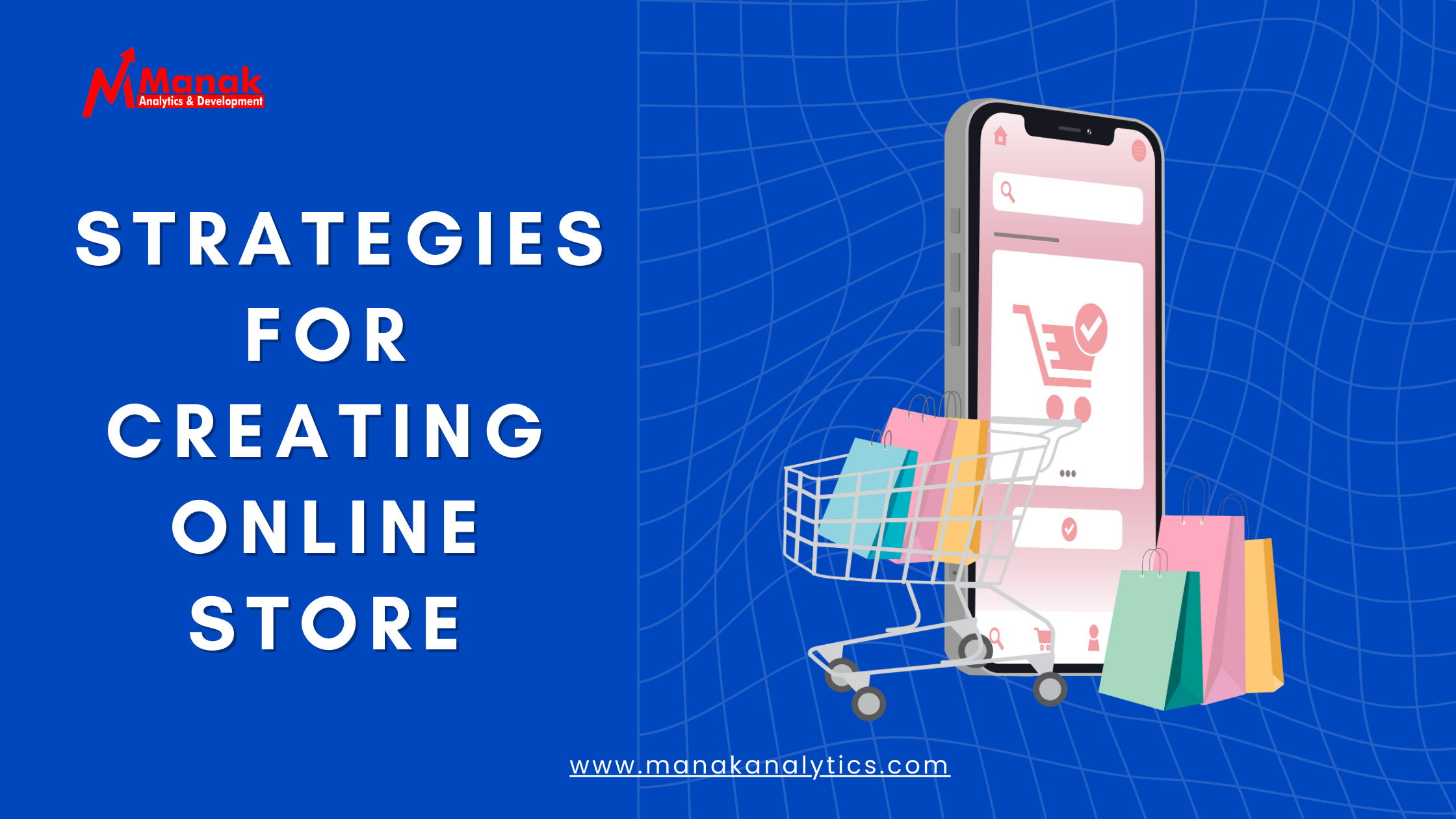Creating a visually appealing website is the first step towards online success in the dynamic and competitive digital world. Search Engine Optimisation (SEO) has become essential for standing out and ensuring your target audience sees your online presence.
The importance of SEO cannot be stressed in this digital age, where search engines serve as the entrance to information and solutions. A website that is SEO-friendly is not only visually appealing, but it is also deliberately intended to attract search engine algorithms and, as a result, potential visitors. This delicate combination of creative design and technological proficiency is the foundation of a website's ability to climb search engine rankings and catch the attention of its target audience.
Understanding Your Audience
Before crafting your presentation, it's essential to understand who you're presenting to and what they care about. Different stakeholders have different priorities and levels of familiarity with UX concepts.
Executive Stakeholders
Executives care about business impact, ROI, and strategic alignment. When presenting to C-level executives, focus on:
- Business metrics and KPIs affected by design decisions
- How UX improvements align with company goals
- Competitive advantages gained through better user experience
- Clear recommendations with expected outcomes
Product Teams
Product managers and developers need actionable insights they can implement. Tailor your presentation to include:
- Specific user pain points and opportunities
- Prioritized recommendations based on impact and effort
- Technical feasibility considerations
- Clear next steps and timelines
"The best UX presentations don't just show what users do—they reveal why it matters and what to do about it." — Nielsen Norman Group
Structuring Your Presentation
A well-structured presentation guides your audience through a logical narrative, making complex information digestible and memorable. Here's a proven framework:
1. Set the Context
Start by establishing the research objectives, methodology, and scope. This builds credibility and helps stakeholders understand the foundation of your findings.
2. Present Key Findings
Focus on the most impactful insights. Use the "rule of three"—humans remember information better when grouped in threes. Highlight:
- Critical user pain points that directly impact business metrics
- Unexpected discoveries that challenge existing assumptions
- Opportunities for quick wins and long-term improvements
3. Show, Don't Just Tell
Incorporate real user quotes, video clips, and journey maps to bring data to life. Stakeholders connect emotionally with real users, making your recommendations more compelling.
4. Provide Clear Recommendations
End with prioritized, actionable recommendations. Each recommendation should include:
- The problem it solves
- Expected impact on user experience and business metrics
- Estimated effort and resources required
- Suggested timeline for implementation
Visual Design Best Practices
Your presentation's visual design should enhance comprehension, not distract from your message. Follow these principles:
Consistency is Key: Use a consistent color scheme, typography, and layout throughout your deck. This creates a professional appearance and helps maintain focus on content.
Data Visualization: Transform numbers into visual stories. Use charts, graphs, and infographics to make data patterns immediately apparent. Remember: if a slide requires extensive explanation, simplify it.
White Space: Don't overcrowd slides with information. White space improves readability and draws attention to key points. One main idea per slide is often more effective than multiple competing messages.
Handling Questions and Objections
Anticipate potential questions and prepare responses in advance. Common concerns include budget constraints, technical limitations, and competing priorities. Address these proactively by:
- Preparing backup slides with detailed data and alternative solutions
- Showing ROI calculations and success metrics from similar initiatives
- Demonstrating flexibility in implementation approaches
- Building consensus before the formal presentation through stakeholder interviews
Tools and Templates
The right tools can streamline your presentation creation process. Popular options include:
- Figma: Excellent for creating interactive prototypes and high-fidelity mockups
- Miro: Perfect for collaborative journey mapping and workshop facilitation
- Google Slides: Great for team collaboration and easy sharing
- Keynote: Offers sophisticated animation and design capabilities
Conclusion
Effective UX review presentations are a skill that improves with practice. By understanding your audience, structuring your narrative clearly, and presenting findings visually, you'll create presentations that drive meaningful change.
Remember: the goal isn't just to present research—it's to inspire action. Focus on telling a compelling story that connects user needs with business objectives, and you'll find your recommendations gaining traction more consistently.
Start implementing these strategies in your next UX review, and watch as your presentations transform from information dumps into catalysts for user-centered design decisions.


